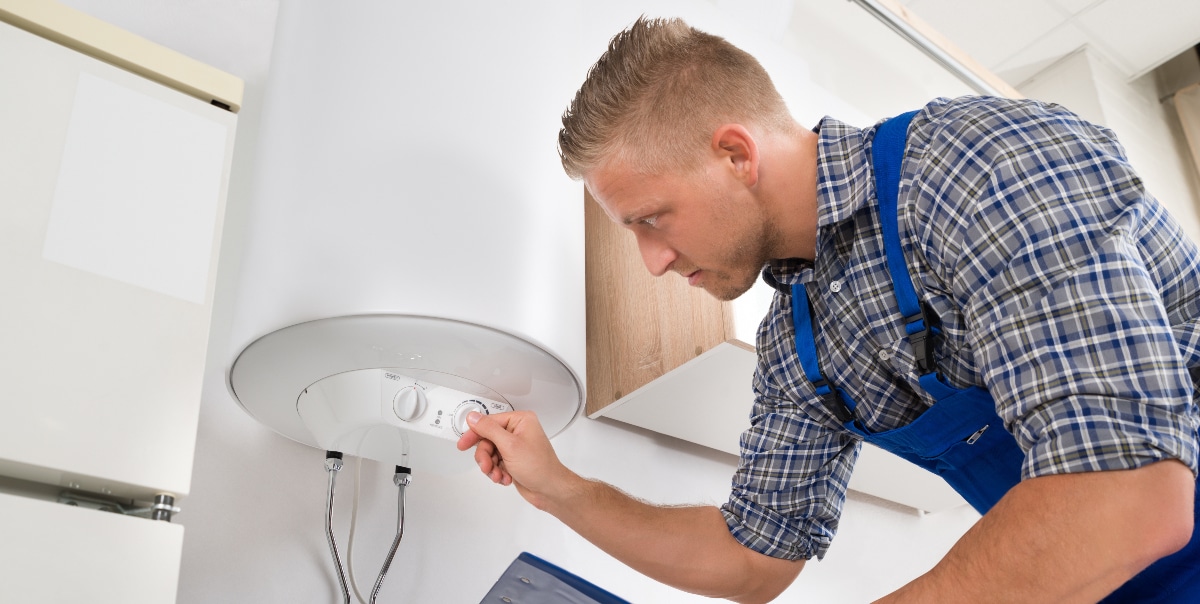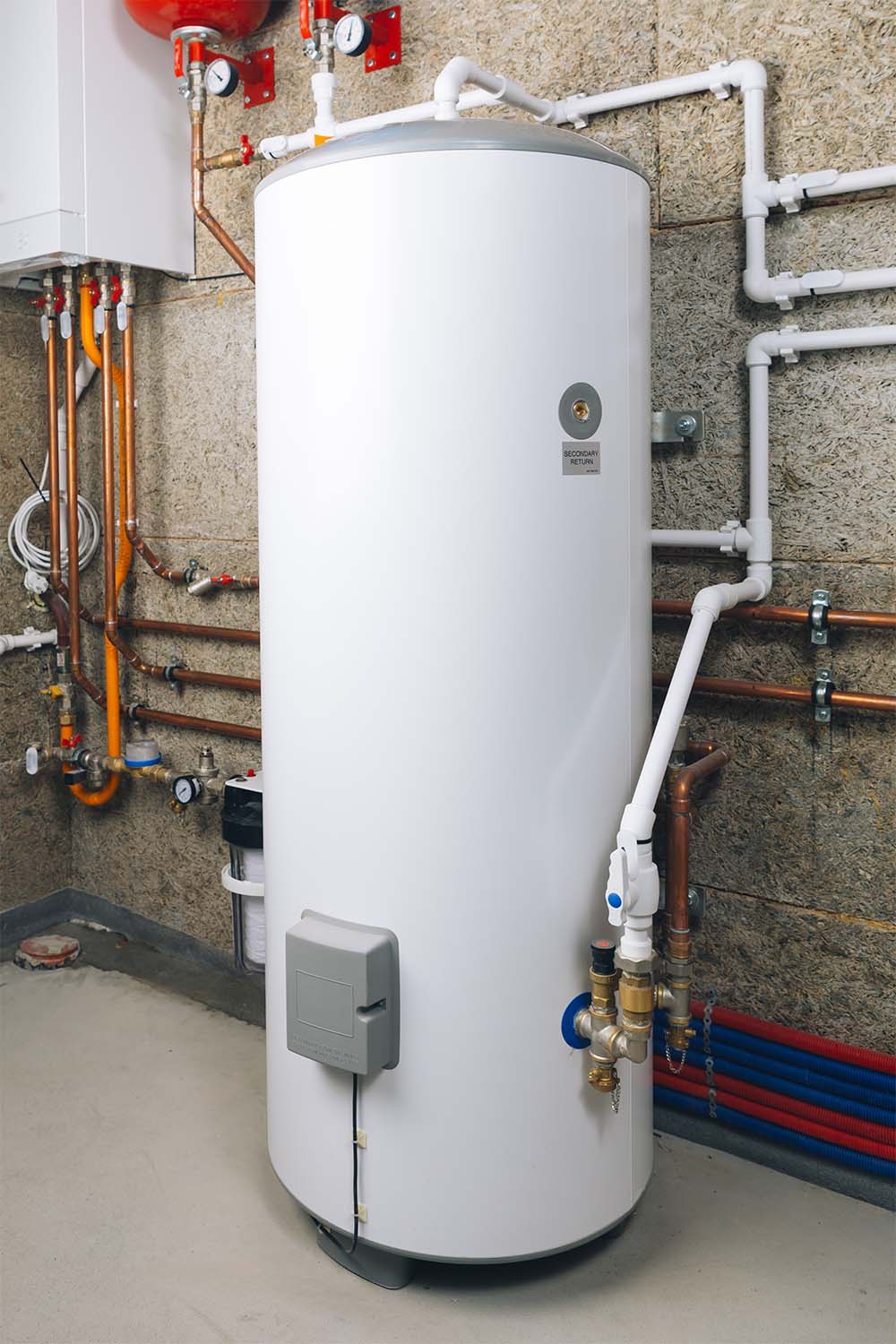Effective Methods to Care for Your Home's Hot Water System Successfully
Effective Methods to Care for Your Home's Hot Water System Successfully
Blog Article
What are your thoughts on How to Maintain Your Water Heater & Prolong its Life?

Hot water is vital for everyday convenience, whether it's for a rejuvenating shower or cleaning meals. To ensure your hot water system runs efficiently and lasts longer, regular maintenance is key. This post provides practical tips and understandings on just how to keep your home's warm water system to prevent interruptions and costly repairs.
Introduction
Keeping your home's warm water system may seem challenging, but with a couple of basic actions, you can ensure it operates efficiently for years ahead. This guide covers every little thing from understanding your warm water system to DIY upkeep ideas and knowing when to call expert aid.
Value of Maintaining Your Warm Water System
Regular upkeep not only prolongs the lifespan of your warm water system but likewise ensures it runs efficiently. Ignoring maintenance can cause lowered effectiveness, greater energy costs, and even premature failure of the system.
Indicators Your Warm Water System Needs Maintenance
Understanding when your warm water system requires attention can avoid significant concerns. Keep an eye out for signs such as inconsistent water temperature, odd sounds from the heating system, or rusty water.
Flushing the Water Heater
Flushing your hot water heater gets rid of debris buildup, improving efficiency and extending its life.
Monitoring and Changing Anode Rods
Anode poles protect against deterioration inside the tank. Inspecting and replacing them when worn out is important.
Complicated Issues Requiring Specialist Aid
Instances include major leaks, electric issues, or if your water heater is regularly underperforming.
Routine Specialist Upkeep Perks
Expert maintenance can consist of detailed assessments, tune-ups, and ensuring conformity with security standards.
Evaluating and Readjusting Temperature Settings
Adjusting the temperature level setups guarantees optimal efficiency and security.
DIY Tips for Upkeep
You can carry out several upkeep tasks yourself to maintain your hot water system in leading problem.
Looking for Leaks
Regularly evaluate pipes and connections for leaks, as these can lead to water damages and greater expenses.
Understanding Your Hot Water System
Prior to diving right into upkeep jobs, it's valuable to understand the basic parts of your warm water system. Usually, this includes the hot water heater itself, pipelines, anode rods, and temperature level controls.
Month-to-month Maintenance Tasks
Regular month-to-month checks can assist catch small problems before they escalate.
Examining Stress Relief Valves
Examining the stress relief valve guarantees it works correctly and avoids excessive stress buildup.
Shielding Pipelines
Insulating warm water pipes lowers warm loss and can conserve energy.
When to Call a Specialist
While DIY maintenance is helpful, some issues call for expert proficiency.
Verdict
Routine upkeep of your home's warm water system is essential for effectiveness, longevity, and price savings. By adhering to these tips and recognizing when to seek specialist help, you can make sure a trusted supply of hot water without unforeseen disruptions.
How to Maintain an Instant Hot Water Heater
Before tinkering with your hot water heater, make sure that it’s not powered on. You also have to turn off the main circuit breaker and shut off the main gas line to prevent accidents. Also turn off the water valves connected to your unit to prevent water from flowing into and out of the appliance. 2. When you’re done, you have to detach the purge valves’ caps. These look like the letter “T†and are situated on either side of the water valves. Doing so will release any pressure that has accumulated inside the valves while at the same time avoid hot water from shooting out and burning your skin. 3. When the purge valves’ caps are removed, you have to connect your hosing lines to the valves. Your unit should have come with three hoses but if it didn’t, you can purchase these things from any hardware or home repair shops. You can also get them from retail stores that sell water heating systems. Read the user’s manual and follow it to complete this task properly. When the hosing lines are connected, open the purge port’s valves. 4. You should never use harsh chemical cleaners or solutions when cleaning your unit. Make use of white vinegar instead. It should be undiluted and you’ll probably use about 2 gallons. 5. Now flush your water heater. This task should probably take about 40 minutes. We can’t give you specific directions for this because the procedure is carried out depending on the type, model and brand of your heater. With that being said, refer to the user’s manual. 6. When you’re done draining the unit, you have to turn off the purge port valves again. Remove the hosing lines that you earlier installed on each of the water valves. Put the valve caps (purge port) back in their respective places and be very careful so as not to damage the rubber discs that are found inside these caps. 7. Now that everything’s back in place, check your user’s manual again to find out how to reactivate your water heating system. 8. Once it is working, turn one of your hot water faucets on just to let air pass through the heater’s water supply pipes. Leave the tap on until water flows smoothly out of it. https://www.orrplumbing.com/blog/2014/september/how-to-maintain-an-instant-hot-water-heater/

I have been very enthusiastic about Tips on Maintaining a Water Heater and I hope you enjoyed reading the piece. Sharing is caring. You never know, you might be doing someone a favor. We value your readership.
Request Your Service Report this page